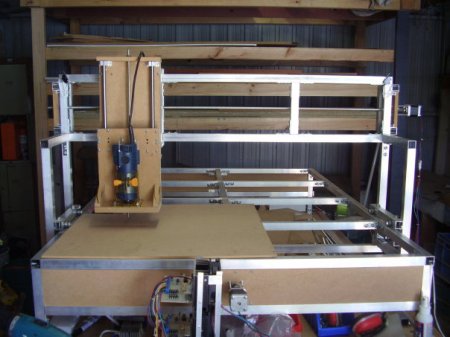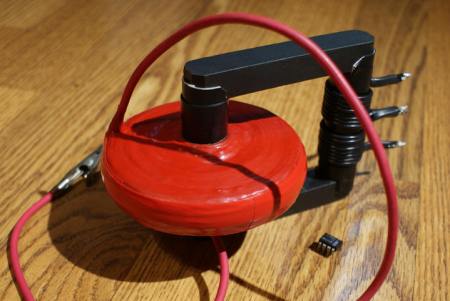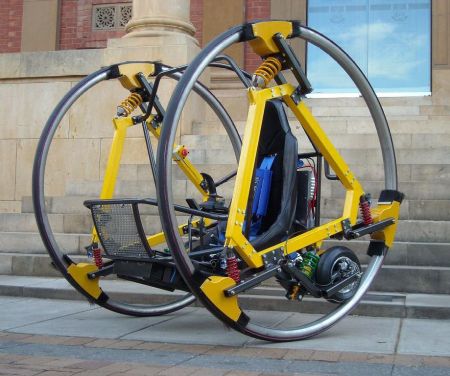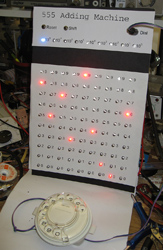
Do you know how a modern hard drive works? If you don’t you should have a pretty good idea after watching this video. In only five minutes [Bill Hammack] manages to describe a hard drive in awesome detail without using any unnecessary scientific jargon.
The video teardown explains how the flying head “flies” how voice coil motors work and provides a basic introduction to how the binary data is stored and processed in the disk. The way the flying head maintains the miniscule distance from the plate is particularly clever. You may remember the LCD monitor teardown by the Engineer Guy, equally as detailed and interesting. The video after the break is definitely worth a watch.















